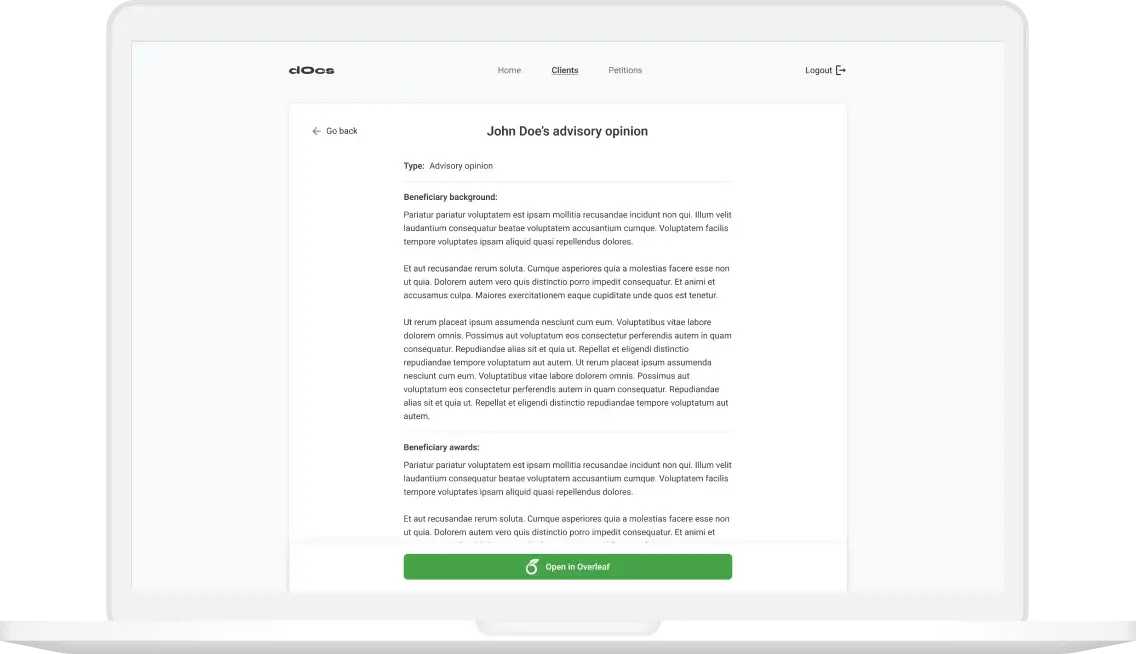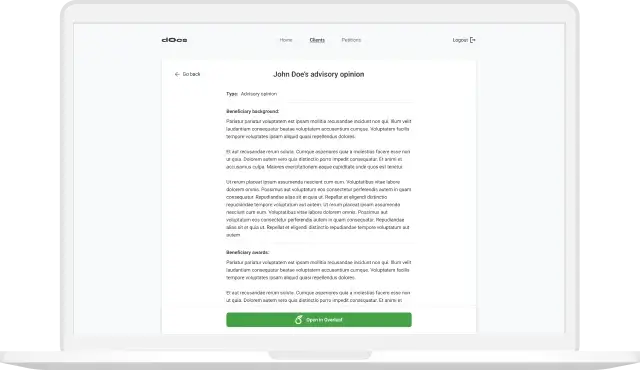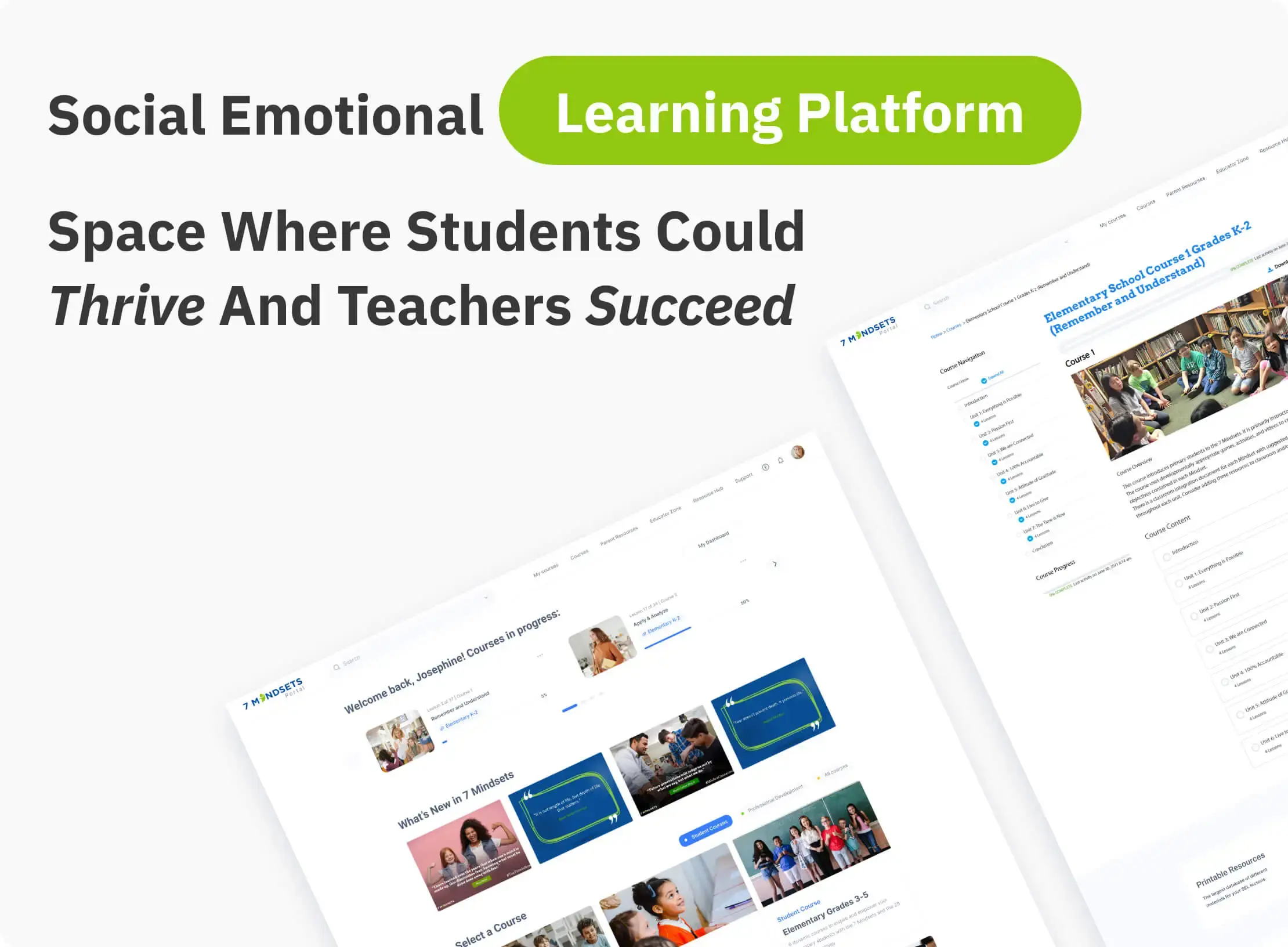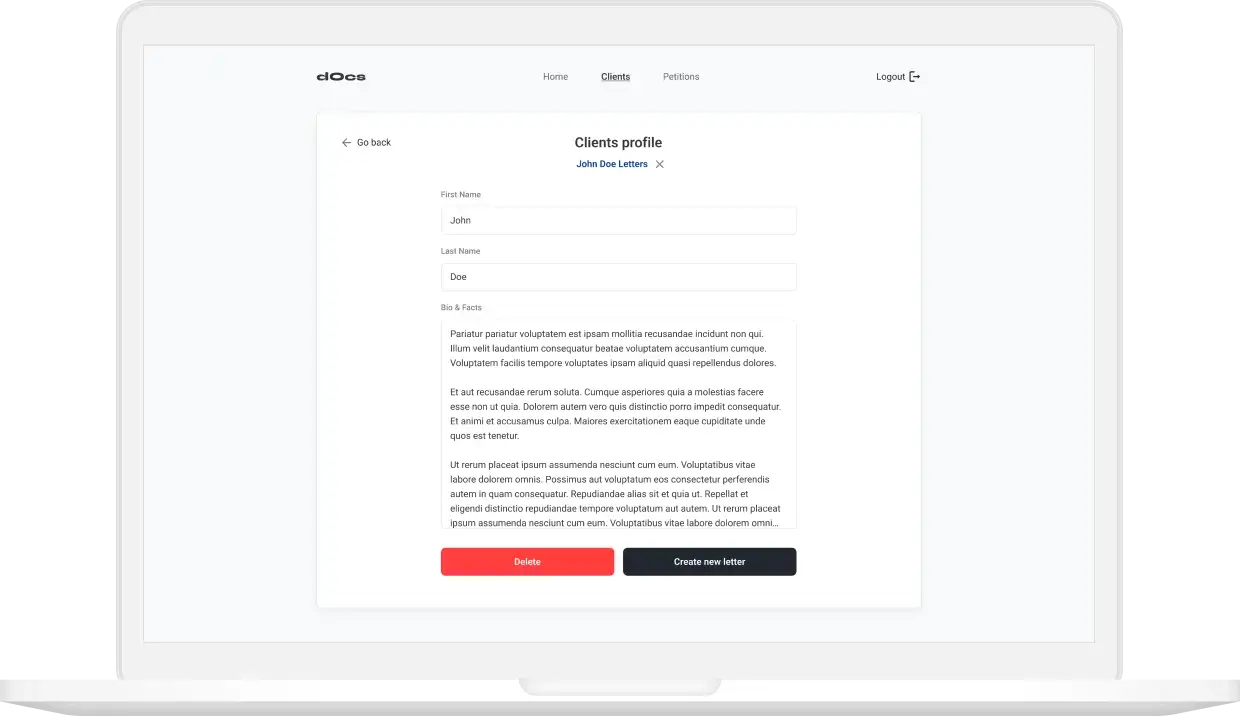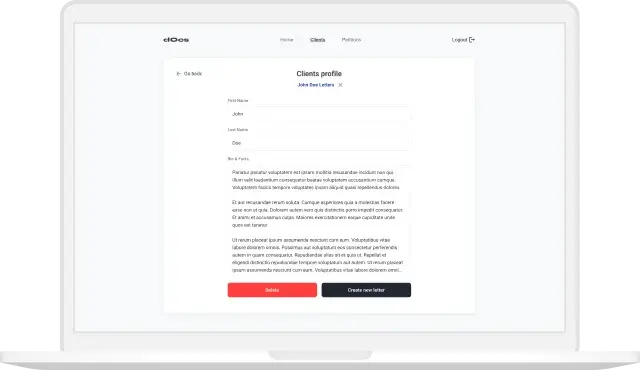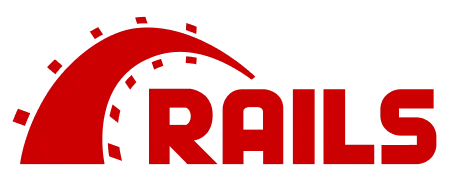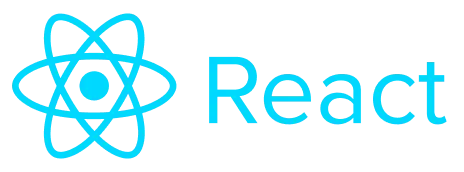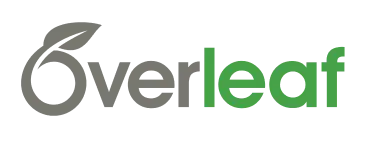About the project
Many legal documents are well-structured and use a strict official language style. It allows for building such documents from blocks using a templating engine and UI configurator. It saves user time and prevents mistakes when the user does copying and pasting manually. It also integrates with third-party services from where data may be downloaded and where data may be stored. It integrates with Docusign – a defacto standard for signing documents online.For other types of legal documents, such as letter supporting visa applications, that are not strictly structured and may contain not just facts but also judgements and opinions, a GPT-3.5-turbo is used to facilitate data extraction from various sources and combining a document like it was written by a particular person. We offer well-crafted prompts that include LLM instructions and information that may be included into the final document and allow the user to be involved in the process by editing LLM prompts if they wish.
Challenges that was faced and overcame
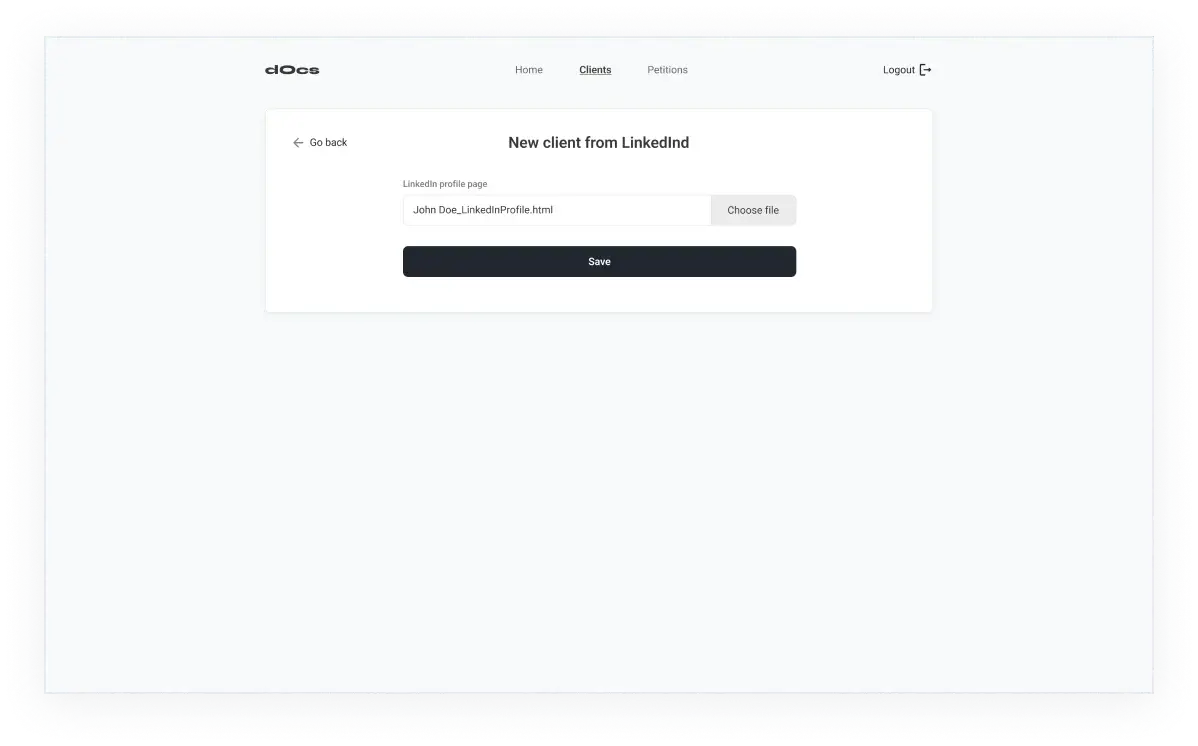

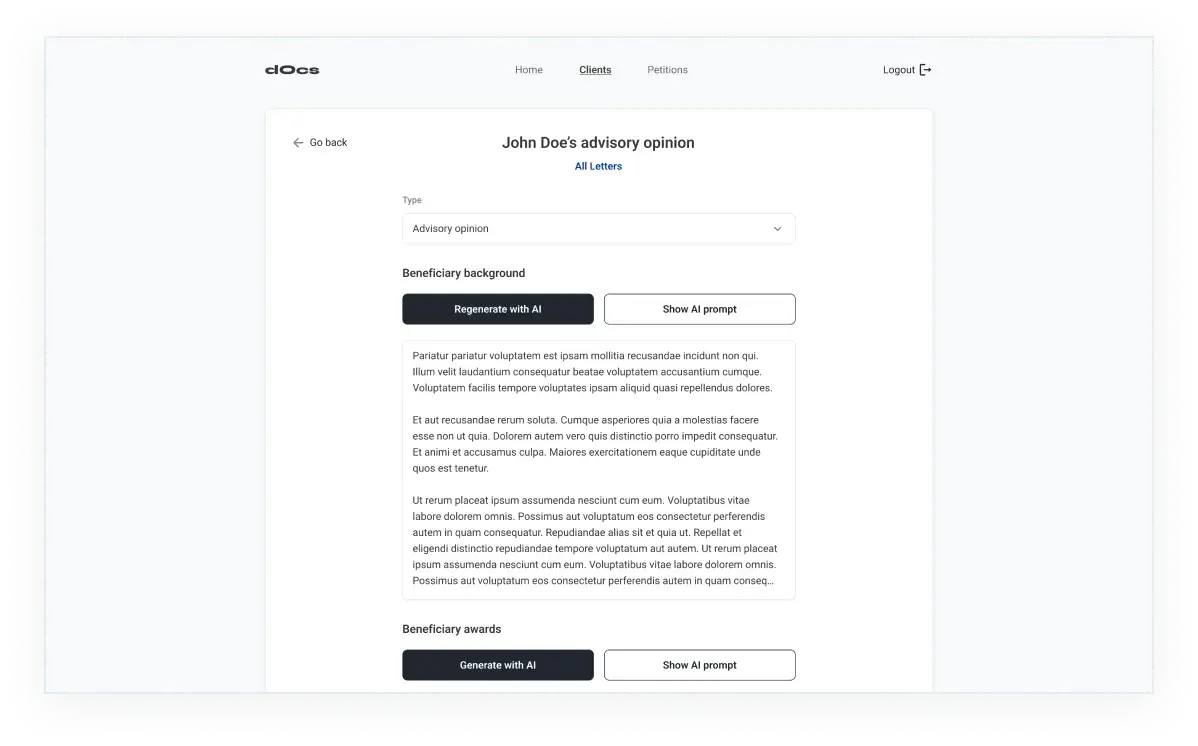
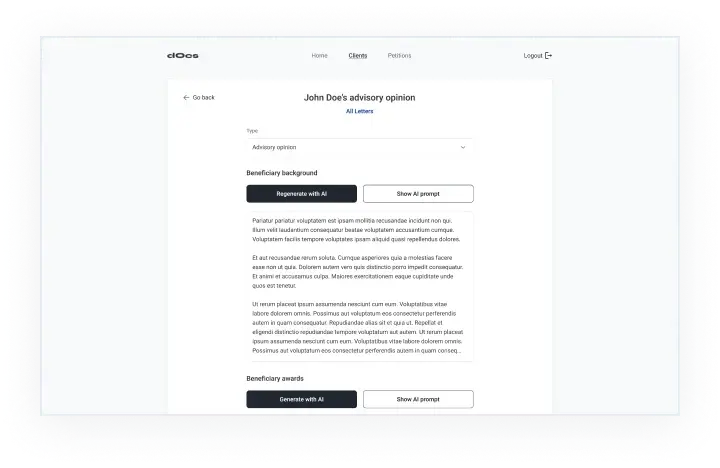
Technologies used
Our experienced engineers employ the latest technologies, frameworks, and components to create solution that combine a strong easy-to-use modern design with high performance

Our Team

Value delivered
Since our client is a startup, we chose Ruby on Rails with Next.js and React on the front end. This combination allows the use of both Javascript and Ruby rich ecosystems for integrating third-party systems such as Overleaf, OpenAI, Docusign, Airtable etc and server-side rendering for faster page load. It helped the CyberCraft team to accelerate development and reduce time-to-market.
Our client got an MVP product wich can potentially cut time needed for an attorney to create a document like letter in support of a visa application or fee agreement by many times also significantly reducing chances of mistyping information like names, addresses and numbers such as prices, but we haven’t had a chance to put it into practical tests in real-life cases.
